Technical tours (8 May)
INRS wave flume and St. Lawrence River fish habitat – Cost Can$60, limit 45 persons
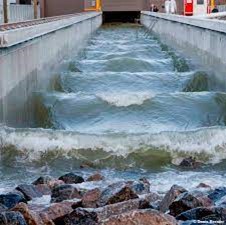
Institut national de la recherche scientifique (INRS) is a graduate school of the University of Québec network.The INRS wave flume is one of the longest in North America (120 m x 5 m x 5 m). It is equipped with a wave generator and a 3500 m3 reservoir, with a bidirectional water circulation system. Many monitoring sensors are deployed along the channel, including velocity, turbidity, water level and topography. It has been used for experimental studies related to high wave action, sedimentation and erosion.
INRS Professor Jacob Stolle will be guiding the participants for this technical visit. He has extended expertise in coastal and fluvial hydrodynamics. His research focuses on the protection against floods and erosion offered by natural environments, the design of infrastructure that is resilient to floods and climate change events and the movement and transport of solid objects during flood events. On your way to the wave flume, you will stop at a scenic viewpoint of the St. Lawrence River, and Dr. Marc Mingelbier will discuss the St. Lawrence River fisheries management and provide information about the fish habitat models and how they support fisheries management.
Road stream crossings and habitat connectivity in the boreal forest – Cost Can$60, limit 45 persons

Discuss the work of Québec Transport Department along Route 175, a recent highway crossing the Réserve faunique des Laurentides, a mountainous area north of Québec City, with Martin Lafrance, from Québec Transport Dept, Elsa Goerig, from Harvard University & US Geological Survey, Normand Bergeron and Eva Enders, from Institut national de la recherche scientifique centre Eau, Terre et Environnement (INRS-ETE).
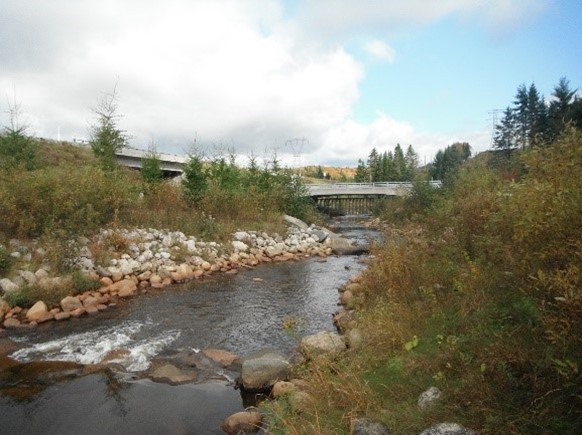
There will be a few stops along the way to visit projects aimed at restoring flow processes and connectivity of aquatic and terrestrial habitats: mega-fauna fence and crossings, a large stream-simulation culvert preserving the width and natural bed of the stream, a spillway culvert installed on a steep slope and equipped with small fauna crossings, and an exceptional site where a stream and its tributary have been displaced and completely restored by optimizing flow processes and using phytotechnology methods.
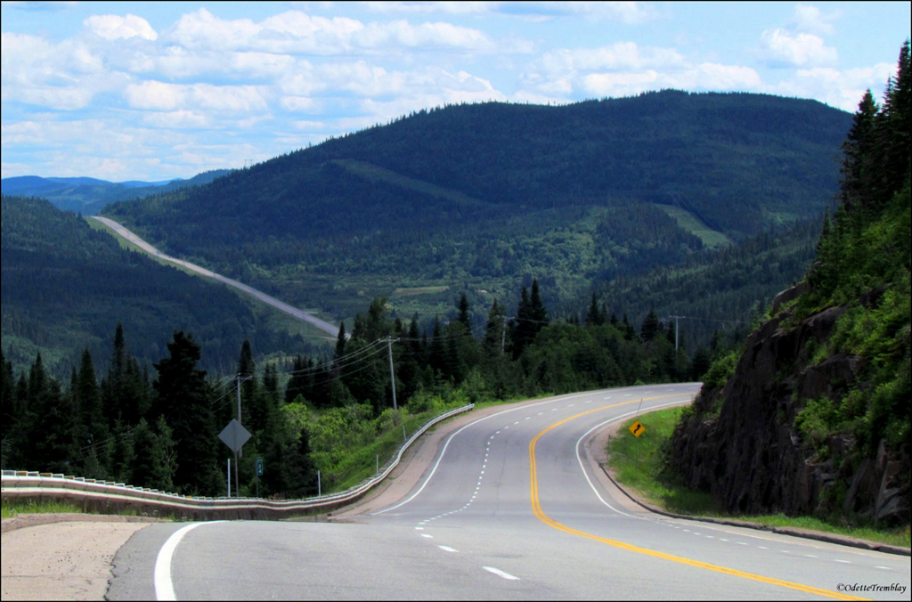
Enjoy scenic views of the Canadian Shield, the transition between mixed and boreal forest and Québec City on your way back!
Huron-Wendat eel ladder and Huron Traditional Site – Cost Can$60, limit 45 persons
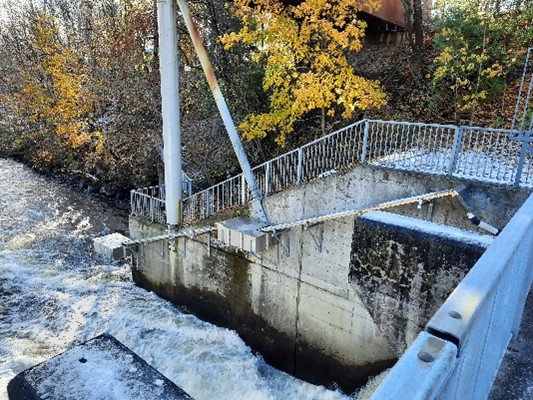
Valérie Tremblay, AECOM, Philippe Berthiaume and Carole-Anne Gillis, to talk about American eel, or tia8enronyo in the Wendat language, which has been consumed and exploited since immemorial time by the Wendat in the Nionwentsïo. Until the first decades of the 20th century, the Wendat caught American eels at the foot of the falls on the Akiawenhrahk River in Wendake. The eel gradually disappeared from the river with the construction of two dams. In 2020, the Huron-Wendat Nation Council, with the collaboration of Québec City and AECOM, installed two eel ladders to restore eel access to these habitats, and the return of the eel has been confirmed for the summer of 2022. Since 2023, Québec Environment Department has selected this site to be part of a network of daily count of upstream eel migration that is deployed at the provincial level.
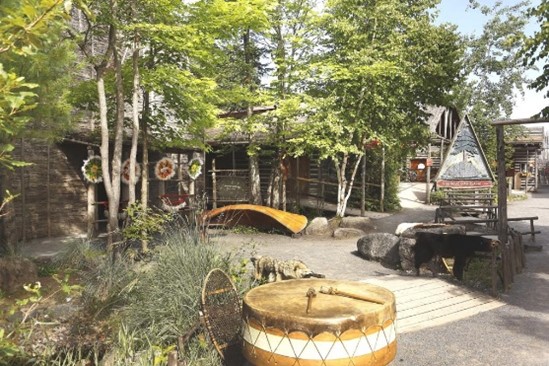
The visit of the eel ladder will be followed by a guided tour of the Huron Traditional Site (Huron Village), where you will discover the traditional way of life of the Wendats as well as their craftsmanship.
Sport-cultural activities (8 May)
Take a stroll in Québec’s historic district – Cost Can$25, limit 20 persons
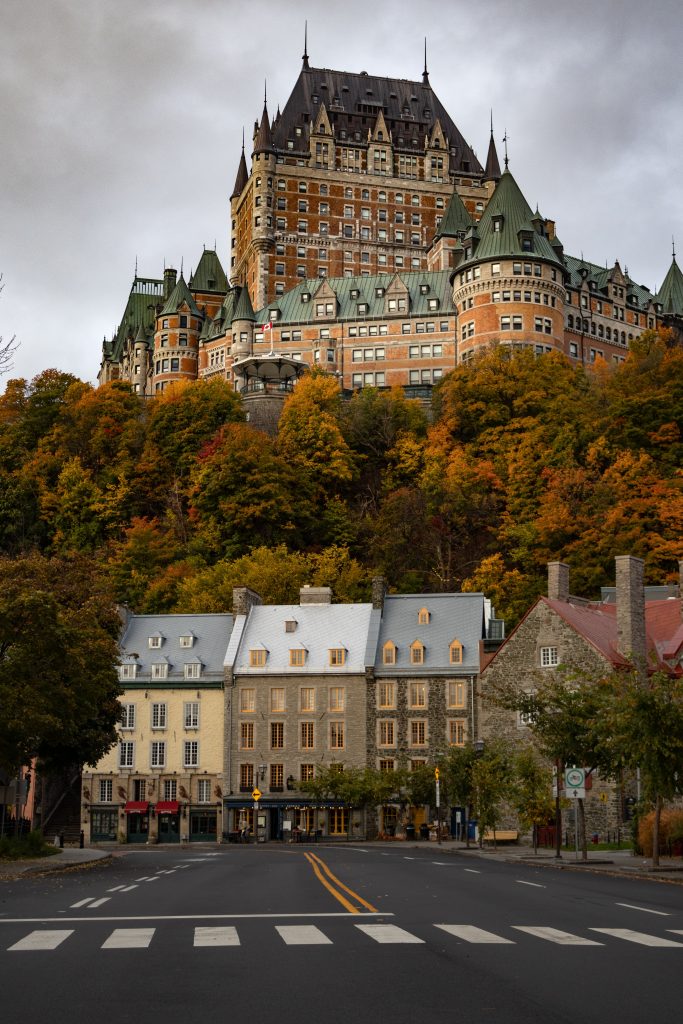
The old Québec City is a UNESCO World Heritage treasure and the only fortified city north of Mexico. Walk with our guide in the old district, on the cobblestone street and to learn about the City history, discover historical features and visit heritage places.